Updated national science strategy for harmful algal research and response builds on major accomplishments, findings.
Tag: Ecosystems
Coastal ecosystems: cracking the code
UC Irvine associate professor of ecology & evolutionary biology studies how warmer ocean water is affecting marine ecosystems, particularly the alarming reality that climate change often favors invasive species over native ones. Cascade Sorte has spent her career unraveling the mysteries of Earth’s changing oceans.
FAU Lands $1.3 Million Grant to ‘Clean Up’ Stinky Seaweed in Florida
Once Sargassum deluges beaches, removing, disposing and repurposing the seaweed presents many logistical and economic challenges. Cleaning up these huge piles of annoying seaweed while protecting these critical habitats at the same time is a precarious struggle.
EcoFABs Could Lead to Better Bioenergy Crops
A greater understanding of how plants and microbes work together to store vast amounts of atmospheric carbon in the soil will help in the design of better bioenergy crops for the fight against climate change. Deciphering the mechanics of this mutually beneficial relationship is, however, challenging as conditions in nature are extremely difficult for scientists to replicate in the laboratory. To address this challenge, researchers created fabricated ecosystems or EcoFABs.
New study suggests culling animals who ‘don’t belong’ can be a flawed nature conservation practice
New research published today in the journal Science has concluded that eradicating animals on the basis that they are not native in order to protect plant species, can be a flawed practice costing millions of dollars, and resulting in the slaughter of millions of healthy wild animals.
Okinawa’s ants change their seasonal rhythms amid land-cover changes
Ant communities in areas with more human development show reduced seasonal behavior.
Tropical ecosystems more reliant on emerging aquatic insects, study finds, potentially putting them at greater risk
A team of researchers from Queen Mary University of London and the University of Campinas in Brazil has found that tropical forest ecosystems are more reliant on aquatic insects than temperate forest ecosystems and are therefore more vulnerable to disruptions to the links between land and water.
Theories about the natural world may need to change to reflect human impact
New research, reported in Nature Ecology & Evolution, (25 September 2023) has for the first time validated at scale, one of the theories that has underpinned ecology for over half a century.
Earlier and earlier high-Arctic spring replaced by “extreme year-to-year variation”
About 15 years ago, researchers reported that the timing of spring in high-Arctic Greenland had advanced at some of the fastest rates of change ever seen anywhere in the world.
Marine fossils are a reliable benchmark for degrading and collapsing ecosystems
Biologists attempting to conserve and restore denuded environments are limited by their scant knowledge of what those environments looked like before the arrival of humans.
Small wildlife surveys can produce ‘big picture’ results
Small-scale wildlife surveys can reveal the health of entire ecosystems, new research shows.
Marine Seagrass Meadows Show Resilience to ‘Bounce Back’ After Die-Offs
A study in Florida Bay, one of the largest global contiguous seagrass systems, examined if a phytotoxin that accumulates as seagrass ecosystems become more enriched in nutrients prevents a marine seagrass, turtlegrass, from recruiting into open bare sediment following die-off events. While they do “bounce back,” long-term monitoring indicates the timeframe for recovery after major die-off events is at least a decade. Turtlegrass can successfully recruit into open bare sediment following die-off events due to biomass partitioning.
Why are networks stable?
A single species invades an ecosystem causing its collapse. A cyberattack on the power system causes a major breakdown. These type of events are always on our mind, yet they rarely result in such significant consequences. So how is it that these systems are so stable and resilient that they can withstand such external disruptions? Indeed, these systems lack a central design or blueprint, and still, they exhibit exceptionally reliable functionality.
Nullarbor rocks reveal Australia’s transformation from lush to dust
Curtin researchers have discovered how long ago the Australian Nullarbor plain dried out, with a new approach shedding light on how ancient climate change altered some of the driest regions of our planet.
Coral-eating fish poo may act as ‘probiotics’ for reefs
Until recently, fish that eat coral — corallivores — were thought to weaken reef structures, while fish that consume algae and detritus — grazers — were thought to keep reefs healthy.
Climate and biodiversity matter to how drylands fare under higher grazing pressure
A recent study co-authored by associate professor Matthew Bowker found important connections between grazing pressure on drylands and the ecosystem services they provide.
Scientists Land $3 Million NSF Grant to Empower Local Coral Reef Monitoring Efforts
Although communities care deeply about the fate of coral reefs, they often lack the scientific tools to document changes in the local reefs on which they rely. A new project will help to empower community members already interested in coral reef health with the tools needed to document changes in these systems. Importantly, findings from the research will inform management of ecosystems.
Protecting and connecting nature across Europe
The Horizon Europe NaturaConnect Project will support European Union governments and other public and private institutions in designing a coherent, resilient and well-connected Trans-European Nature Network.
Natural climate solutions help mitigate climate change in China
Natural climate solutions (NCS), which comprise various land stewardship options, are approaches to trapping carbon in terrestrial pools and/or reducing greenhouse gas (GHG) emissions.
Climate change leads to invasive insect expansion on West Coast
Climate change has led to warming temperatures in the Pacific Northwest, leading some insect species to expand their range into more northerly oak savannas, according to new research from Binghamton University, State University of New York.

Microbial ´dark matter´: Centuries-old lava caves of Hawaiʻi Island contain thousands of unknown bacterial species
The lava caves, lava tubes and geothermal vents on the big island of Hawaiʻi have higher bacterial diversity than scientists expected, reports a new study in Frontiers in Microbiology.
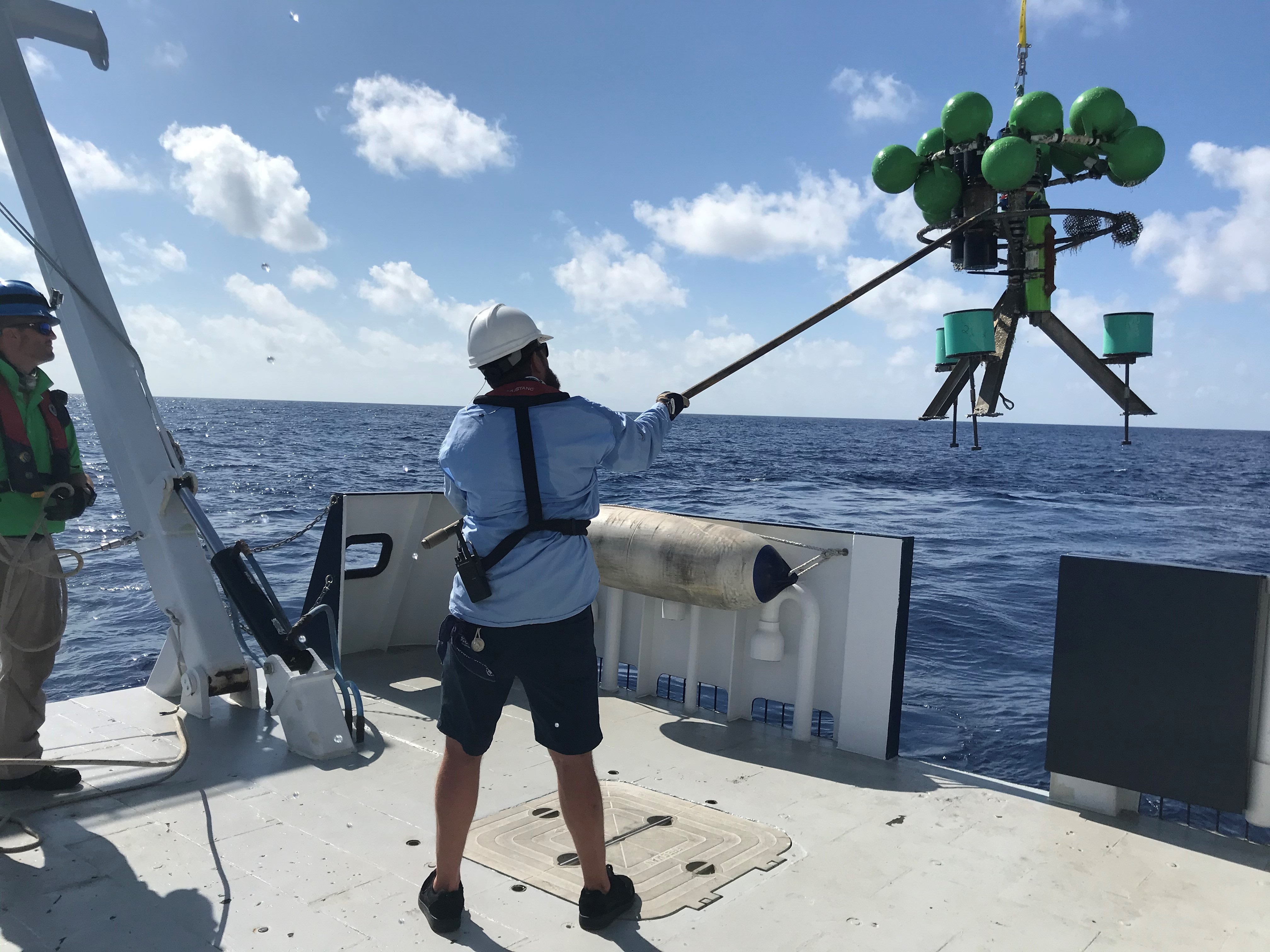
New Tool Will Assess Water Discharge Impacts from Florida’s Everglades
An innovative tool will holistically examine and diagnose key processes with numerical simulations and experiments and predict changes in responses to water management, ecological restoration and climate change. It is designed to provide a suite of environmental and ecological information on the state of the greater Florida Bay ecosystem as well as potential future changes. Importantly, this model could potentially predict underwater aquatic vegetation coverage, harmful algal blooms, and fisheries resources under climate change and/or Comprehensive Everglades Restoration Program management scenarios.
Large-scale ocean sanctuaries could protect coral reefs from climate change
Earth’s oceans are home to some of the most diverse ecosystems on the planet, but warming temperatures are causing many marine animals, including coral, to die out.
These stunning 3D models of coral reefs are a crucial research tool
Martínez Quintana has created stunning 3D digital models that visualize the surface of coral reefs in painstaking detail. The artful re-creations aren’t just beautiful: They’re also filled with data on the distribution of young corals, known as recruits, that scientists are analyzing.
Climate resilient microalgae could help restore coral reefs
Coral species exhibit different temperature tolerances.
In western floodplains, species adapt to bullfrog, sunfish invaders
Non-native bullfrogs and sunfish species, introduced for consumer and sport purposes, are known to alter ecosystems and hinder native amphibians and fish in the Pacific Northwest highlands. But scant research exists about how these introductions affect native species in lowland floodplains.
The global ocean out of balance
Surprising as it sounds, all life forms in the ocean, from small krill to large tuna, seem to obey a simple mathematical law that links an organism’s abundance to its body size.
Millipede species, rarely documented in West Virginia, detected by WVU researchers as part of National Geographic project
Angie Macias, a doctoral student at West Virginia University, and Matt Kasson, an associate professor, are part of a National Geographic-funded project to study the fungal diversity associated with fungus-feeding millipedes.
Ecosystems worldwide are disrupted by lack of large wild herbivores – except in Africa
June 2021 saw the start of the United Nations Decade on Ecosystem Restoration. A total of 115 countries have committed themselves to restoring up to a billion hectares of nature worldwide.
Diversity matters
Microorganisms, plants, and animals accomplish great feats every day. For example, by decomposing material, producing plant biomass, or pollinating flowers, they keep nature ‘up and running,’ thereby securing the livelihood of humans.
Low oxygen levels are pushing fish into shallower waters, with potentially devastating impacts for fisheries and ecosystems
Fish can drown. While it may not seem like it, fish do require oxygen to breathe; it’s just that they get what they need from the oxygen dissolved in water rather than in the air.
How climate change could impact algae in the global ocean
Global warming is likely to cause abrupt changes to important algal communities because of shifting biodiversity ‘break point’ boundaries in the oceans – according to research from the University of East Anglia and the Earlham Institute.
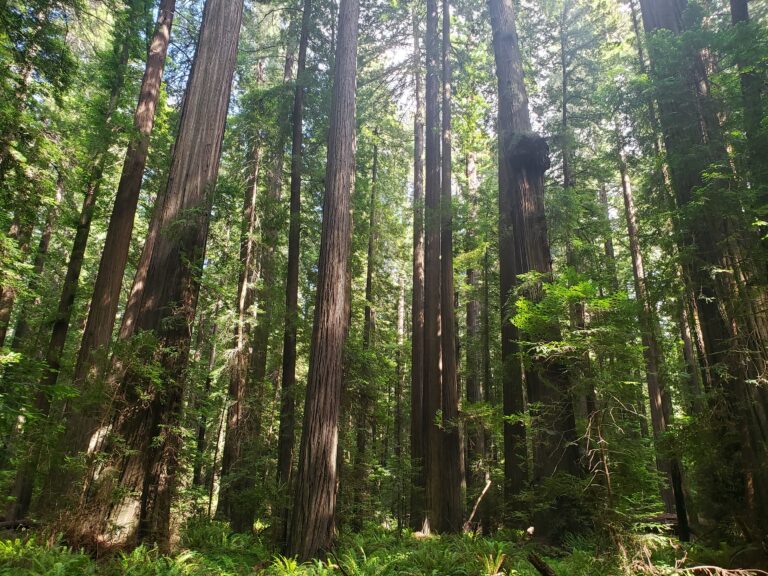
California’s carbon mitigation efforts may be thwarted by climate change itself
Irvine, Calif., July 22, 2021 – To meet an ambitious goal of carbon neutrality by 2045, California’s policymakers are relying in part on forests and shrublands to remove CO2 from the atmosphere, but researchers at the University of California, Irvine warn that future climate change may limit the ecosystem’s ability to perform this service.
Field biologists and NASA planes to map biodiversity in South Africa’s Greater Cape Floristic Region
Scientists from the U.S. and South Africa are launching a campaign to map marine, freshwater, and terrestrial species and ecosystems in one of Earth’s biodiversity hotspots: the Greater Cape Floristic Region at the southwestern edge of South Africa.

Climate change is driving plant die-offs in Southern California, UCI study finds
Irvine, Calif., June 21, 2021 – A shift is happening in Southern California, and this time it has nothing to do with earthquakes. According to a new study by scientists at the University of California, Irvine, climate change is altering the number of plants populating the region’s deserts and mountains. Using data from the Landsat satellite mission and focusing on an area of nearly 5,000 square miles surrounding Anza-Borrego Desert State Park, the research team found that between 1984 and 2017, vegetation cover in desert ecosystems decreased overall by about 35 percent, with mountains seeing a 13 percent vegetation decline.
Biodiversity ‘Hotspots’ Imperiled along California’s Streams
A study of woodland ecosystems that provide habitat for rare and endangered species along streams and rivers throughout California reveals that some of these ecologically important areas are inadvertently benefitting from water that humans are diverting for their own needs. Though it seems a short-term boon to these ecosystems, the artificial supply creates an unintended dependence on its bounty, threatens the long-term survival of natural communities and spotlights the need for changes in the way water is managed across the state.

Seabirds face dire threats from climate change, human activity — especially in Northern Hemisphere
Many seabirds in the Northern Hemisphere are struggling to breed — and in the Southern Hemisphere, they may not be far behind. These are the conclusions of a study, published May 28 in Science, analyzing more than 50 years of breeding records for 67 seabird species worldwide.
In wild soil, predatory bacteria grow faster than their prey, NAU study shows
The study, led by Ecoss director Bruce Hungate and co-authored by many other NAU researchers, found that these predatory bacteria, which eat other bacteria, play an outsized role in how elements are stored in or released from soil.
Rutgers Expert Available to Discuss Viral ‘Pandemics’ in Oceans
New Brunswick, N.J. (April 6, 2021) – Rutgers University–New Brunswick microbial oceanographer Kay D. Bidle is available for interviews on the persistent and profound impact of viral infections on algae in the oceans. These infections influence the Earth’s carbon cycle, which helps…
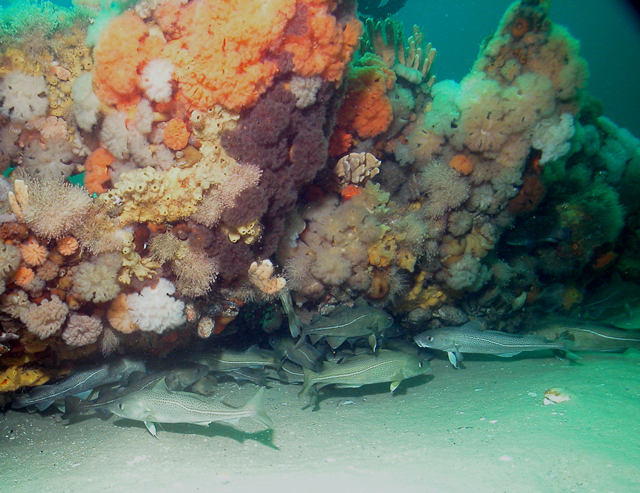
Overfishing of Atlantic Cod Likely Did Not Cause Genetic Changes
Overfishing likely did not cause the Atlantic cod, an iconic species, to evolve genetically and mature earlier, according to a study led by Rutgers University and the University of Oslo – the first of its kind – with major implications for ocean conservation.
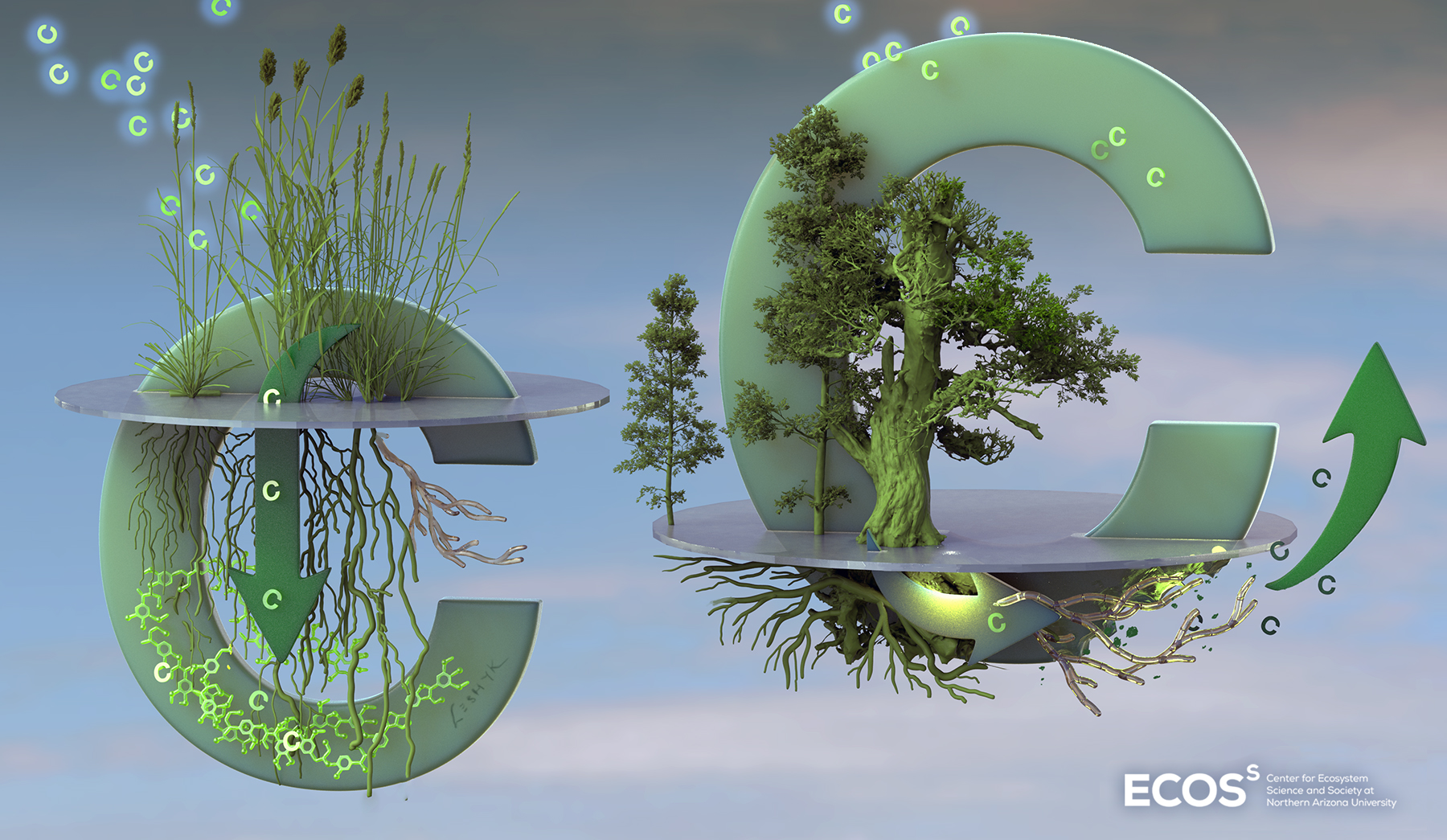
Elevated CO2 emissions increase plant carbon uptake but decrease soil carbon storage
Elevated carbon dioxide emissions from human activities increase the uptake of carbon by plants but may decrease storage in soil. An international team led by Lawrence Livermore National Laboratory (LLNL) scientists synthesized 108 elevated carbon dioxide (CO2) experiments in various ecosystems to find out how much carbon is absorbed by plants and soil.
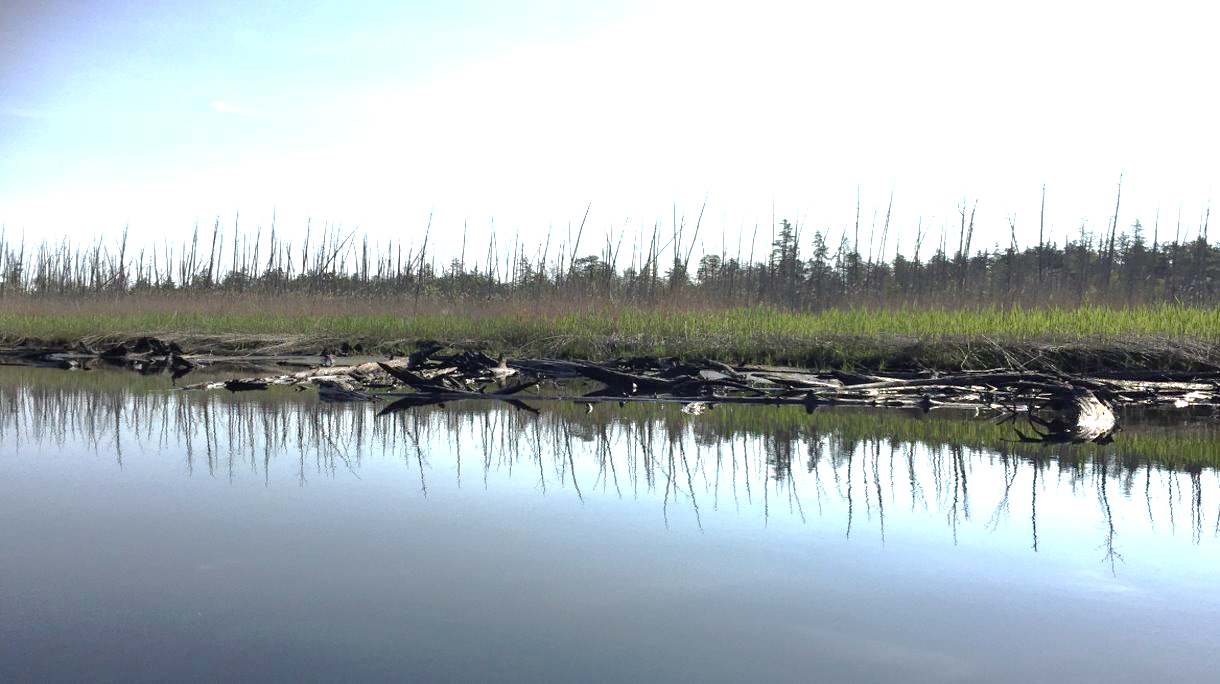
“Ghost Forests” Expanding Along Northeast U.S. Coast
Why are “ghost forests” filled with dead trees expanding along the mid-Atlantic and southern New England coast? Higher groundwater levels linked to sea-level rise and increased flooding from storm surges and very high tides are likely the most important factors, according to a Rutgers study on the impacts of climate change that suggests how to enhance land-use planning.
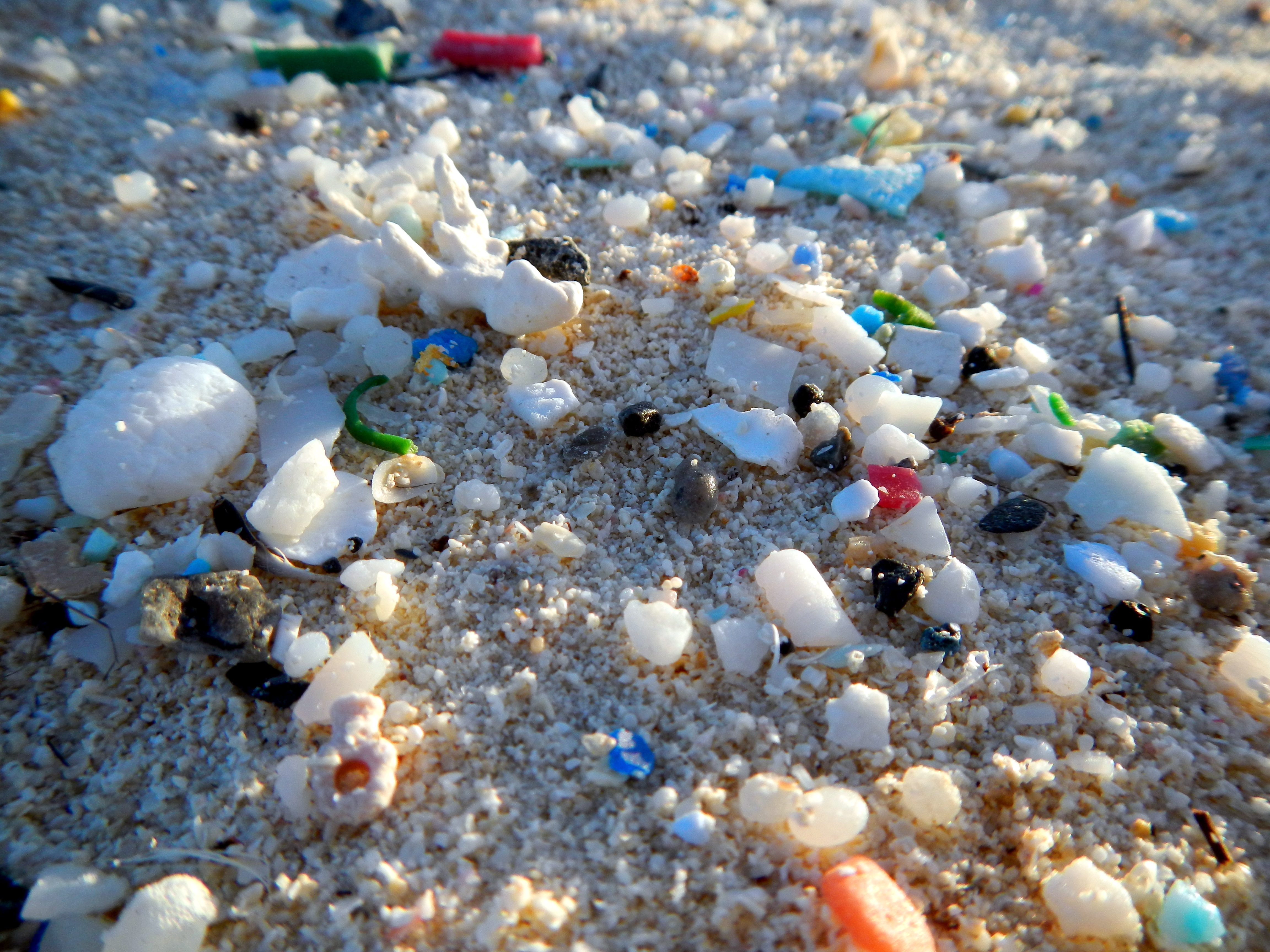
Microplastic Sizes in Hudson-Raritan Estuary and Coastal Ocean Revealed
Rutgers scientists for the first time have pinpointed the sizes of microplastics from a highly urbanized estuarine and coastal system with numerous sources of fresh water, including the Hudson River and Raritan River. Their study of tiny pieces of plastic in the Hudson-Raritan Estuary in New Jersey and New York indicates that stormwater could be an important source of the plastic pollution that plagues oceans, bays, rivers and other waters and threatens aquatic and other life.
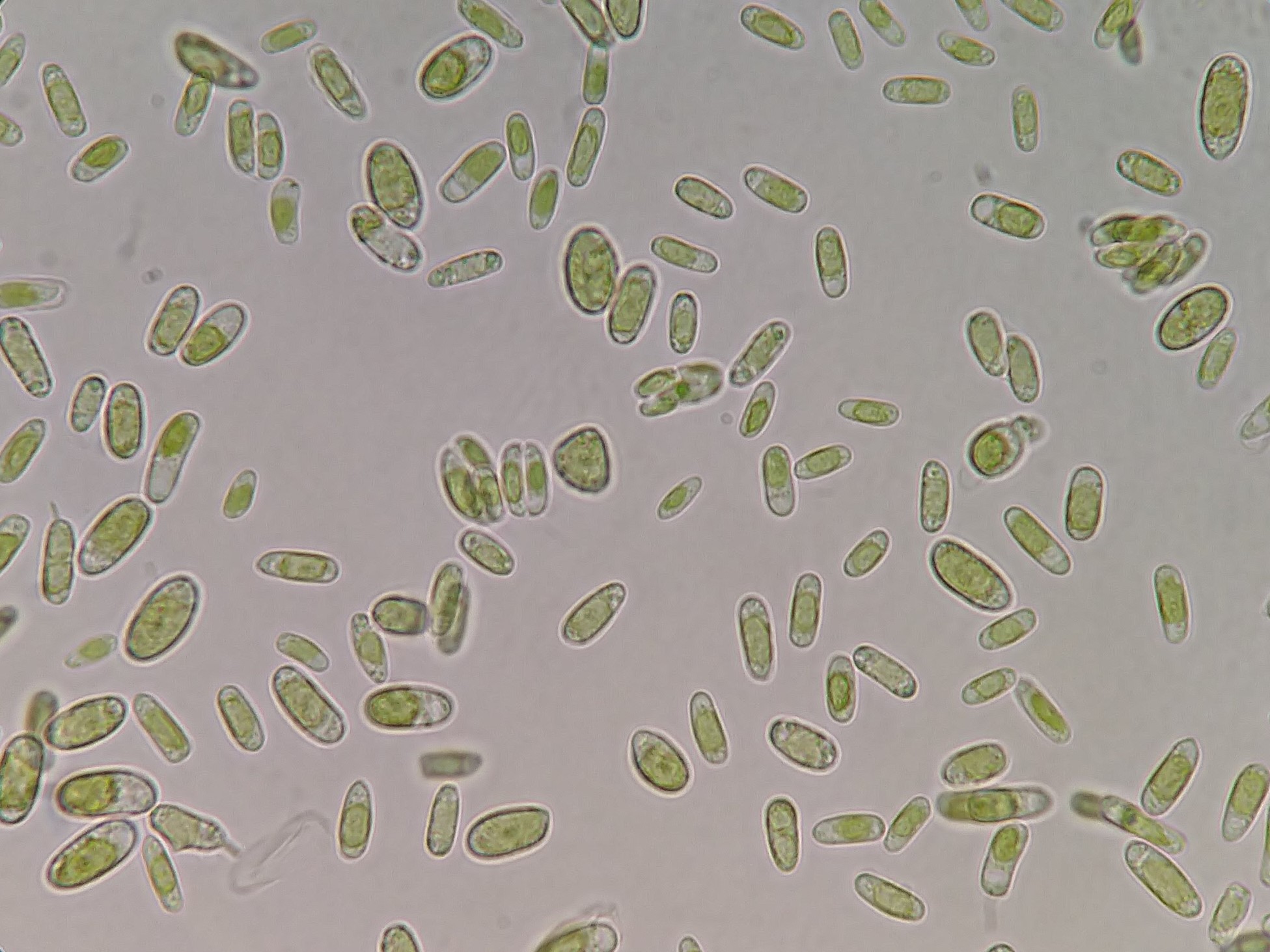
Bacteria and Algae Get Rides in Clouds
Human health and ecosystems could be affected by microbes including cyanobacteria and algae that hitch rides in clouds and enter soil, lakes, oceans and other environments when it rains, according to a Rutgers co-authored study.

Study finds health trade-offs for wildlife as urbanization expands
City living appears to improve reproductive success for migratory tree swallows compared to breeding in more environmentally protected areas, a new five-year study suggests. But urban life comes with a big trade-off – health hazards linked to poorer water quality.
Informing the next generation of biodiversity goals
According to an international team of researchers, a ‘safety net’ made up of multiple, interlinked and ambitious goals is needed to tackle nature’s alarming decline.
Rutgers Bat Researcher Can Discuss Iconic Halloween Animals
New Brunswick, N.J. (Oct. 20, 2020) – Evan Drake, a bat researcher and doctoral student at Rutgers University–New Brunswick, is available for interviews on iconic Halloween animals and misunderstood wildlife, as well as bats and COVID-19. Halloween is known for…
Pinpointing high impact areas for ecosystem restoration
Restoration efforts can potentially be 13 times more cost-effective when it takes place in the highest priority locations, according to a new landmark study.
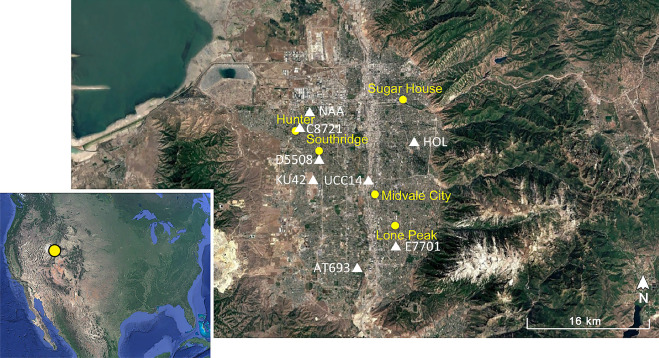
Trees and lawns beat the heat
To mitigate heat in light of climate change, city planners are replacing artificial surfaces with vegetation cover. In water-limited regions, they have to balance the benefit of cooler temperatures with conserving water. A University of Utah study found that mixed landscapes are the best way to mitigate the heat island effect in semi-arid regions.
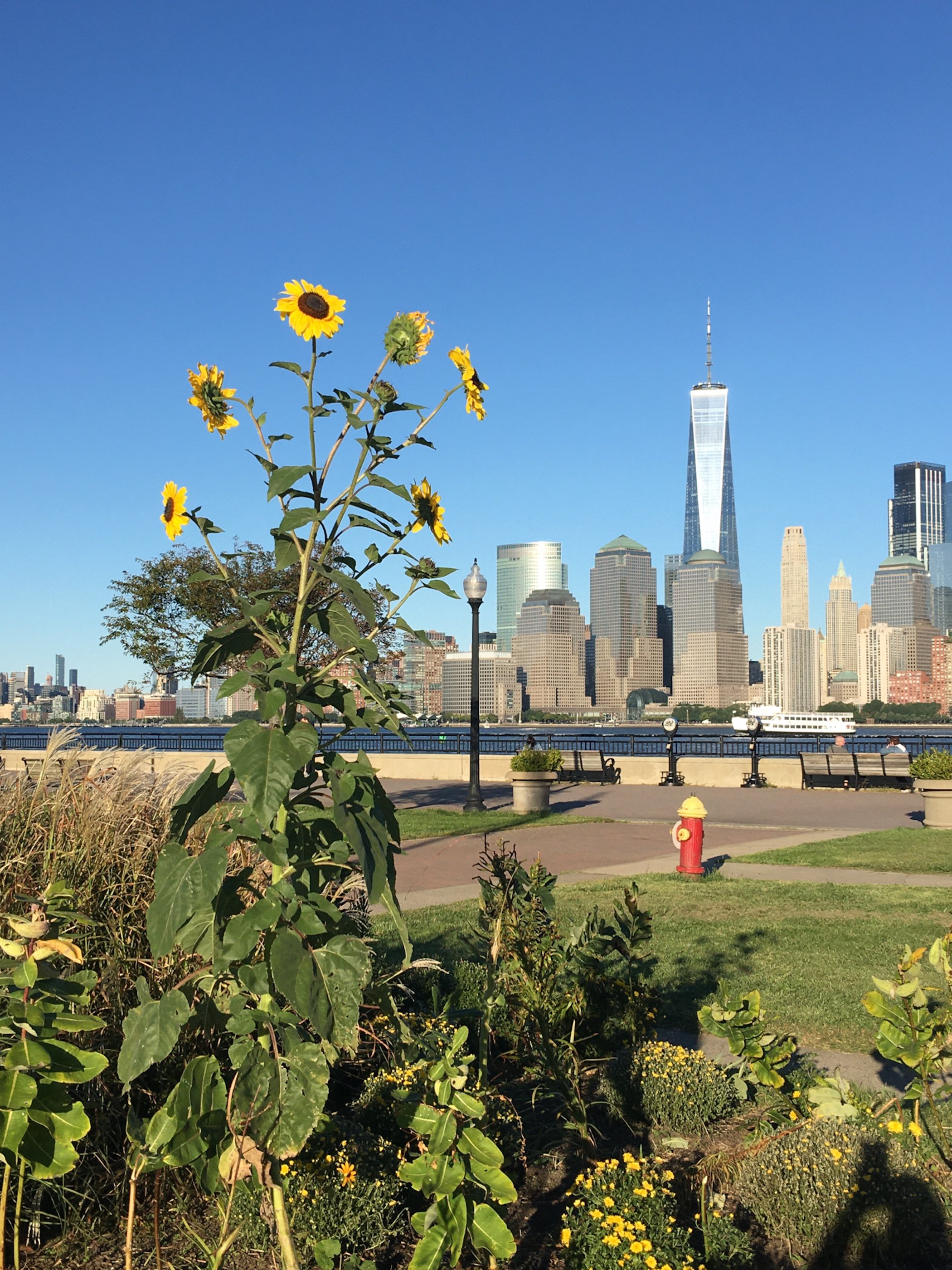
Most Nations Failing to Protect Nature in COVID-19 Pandemic Recovery Plans
The COVID-19 pandemic provides an opportunity to reset the global economy and reverse decades of ecosystem and species losses, but most countries are failing to invest in nature-related economic reforms or investments, according to a Rutgers-led paper.